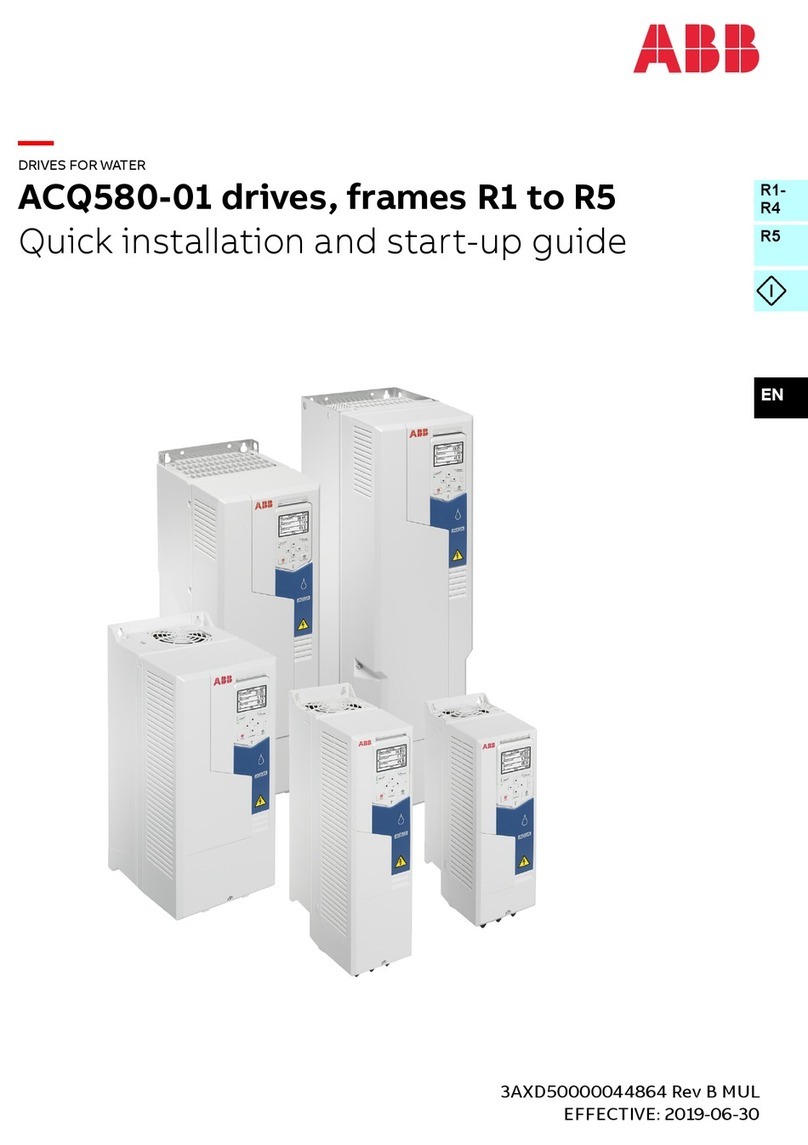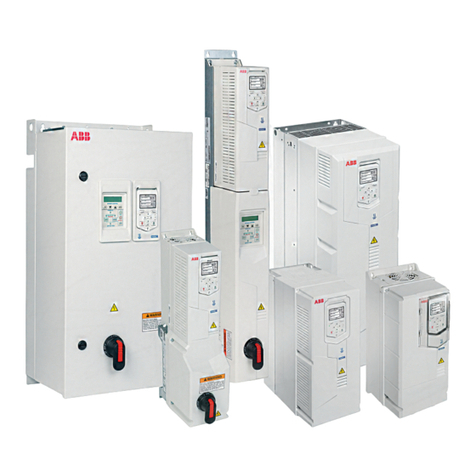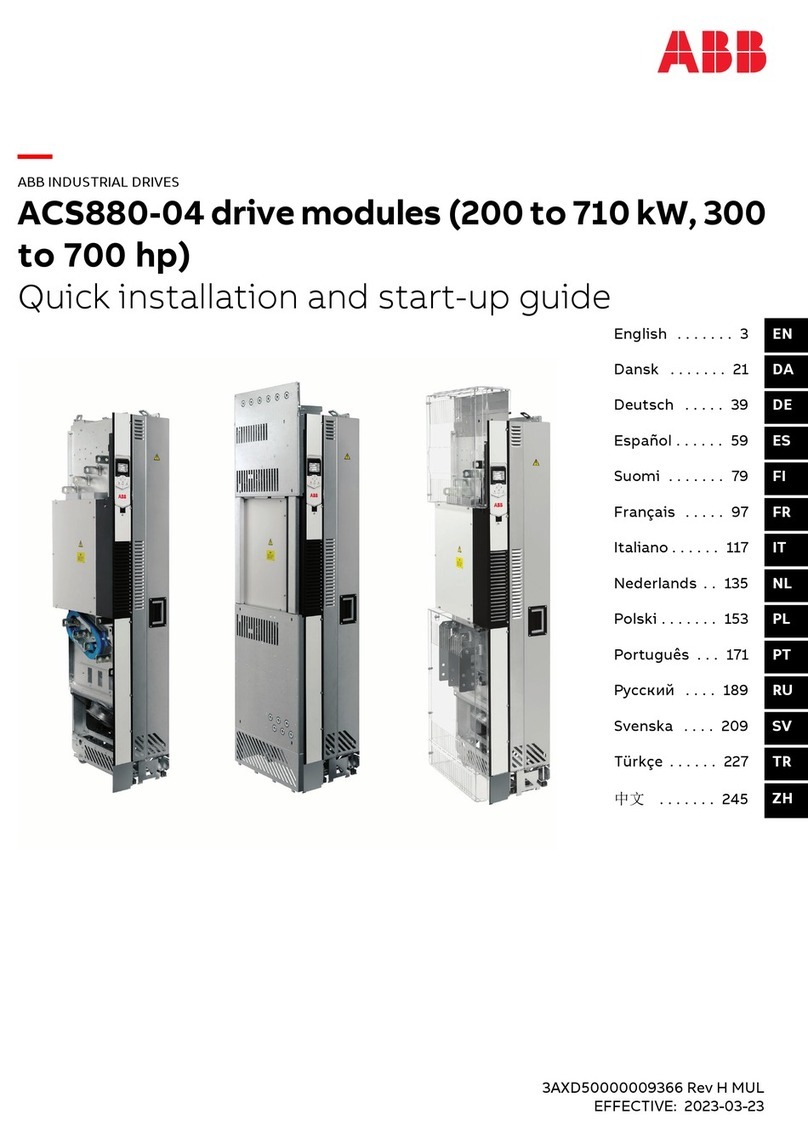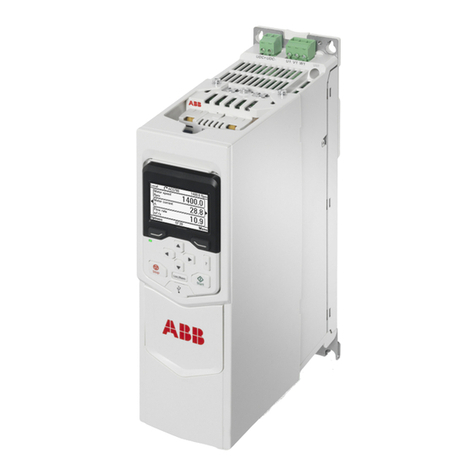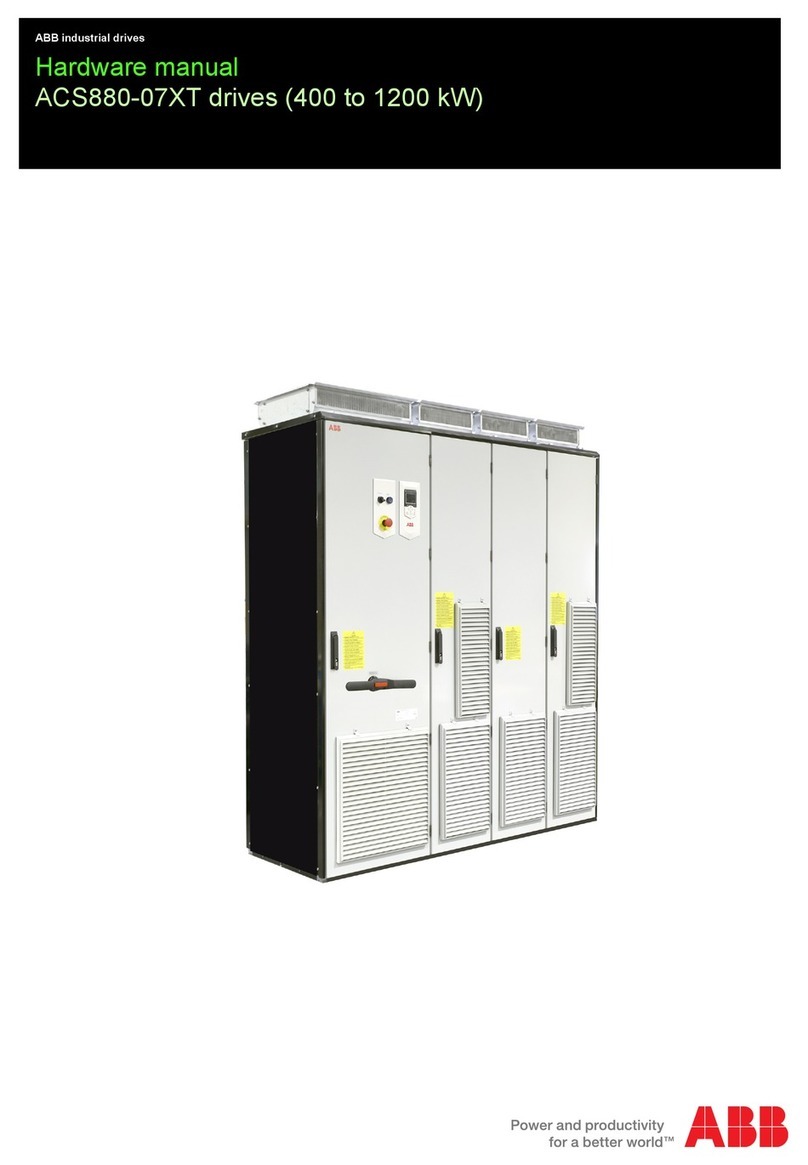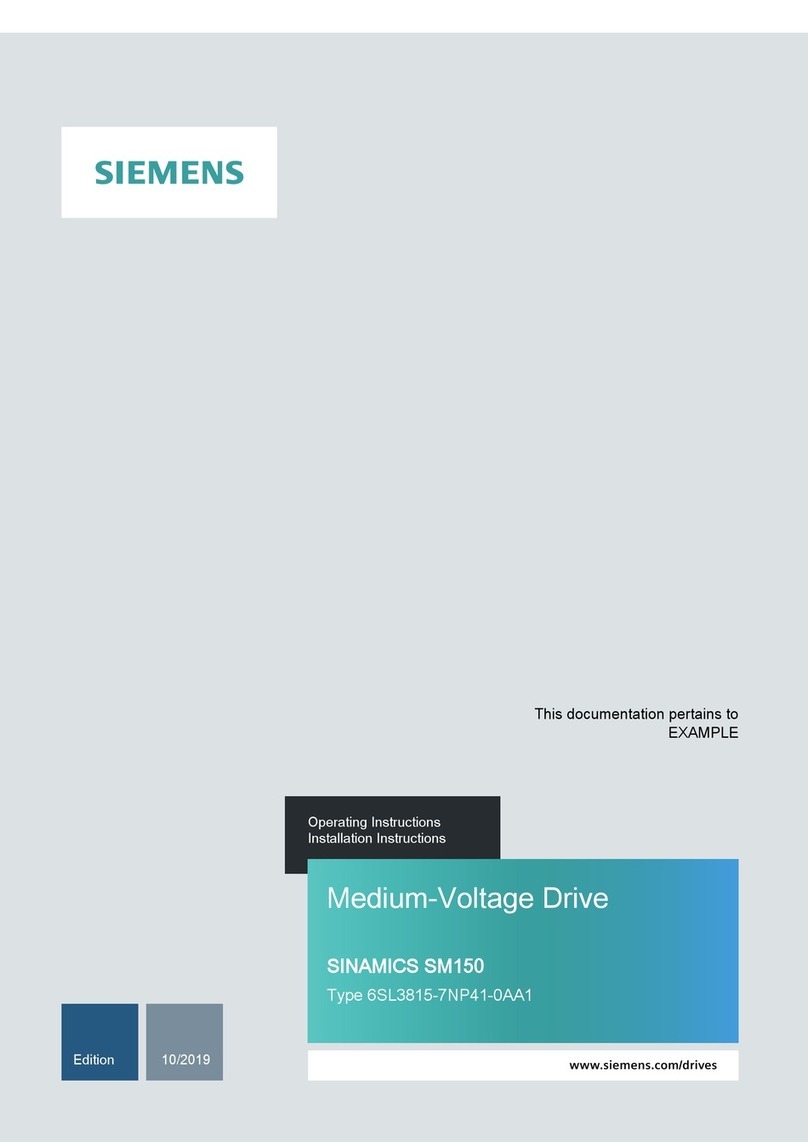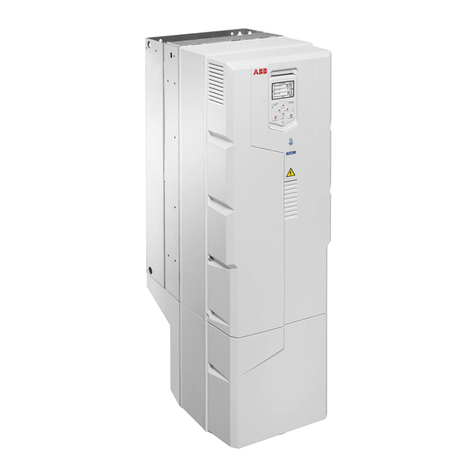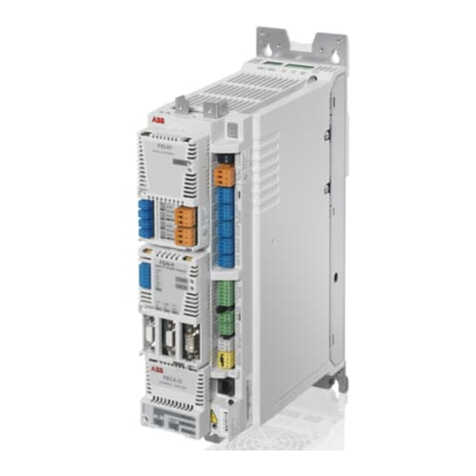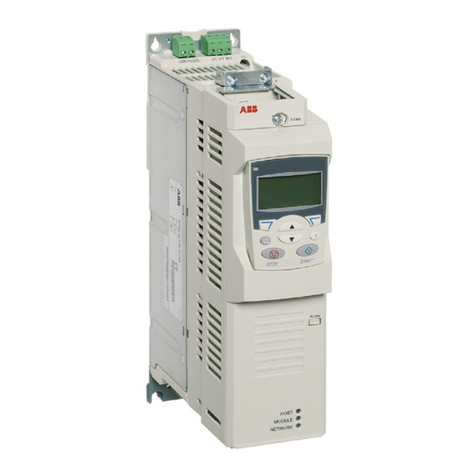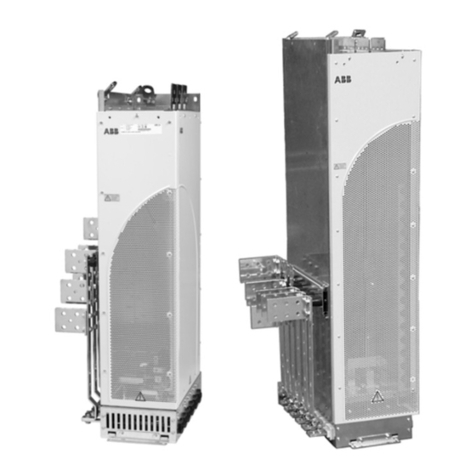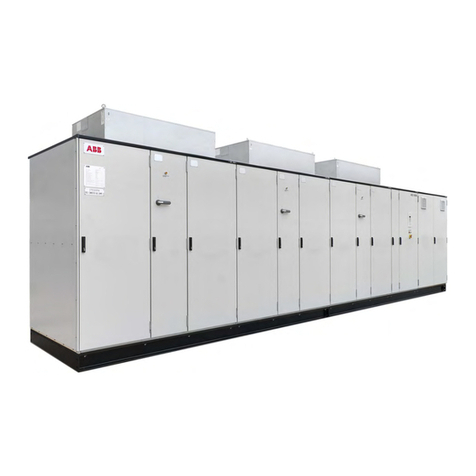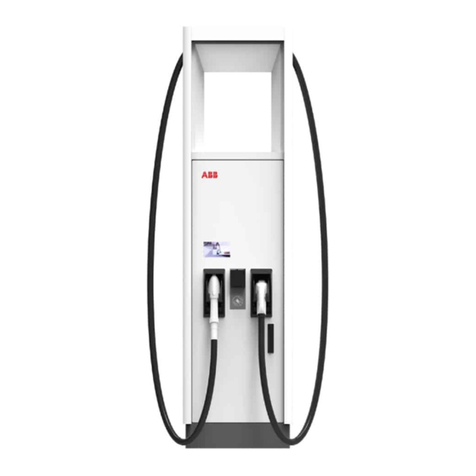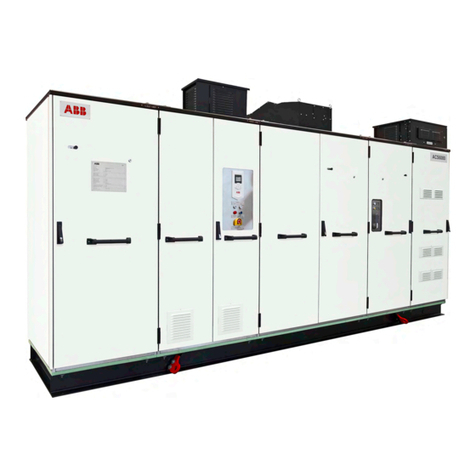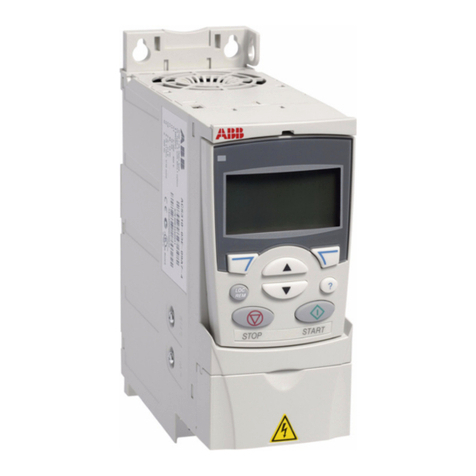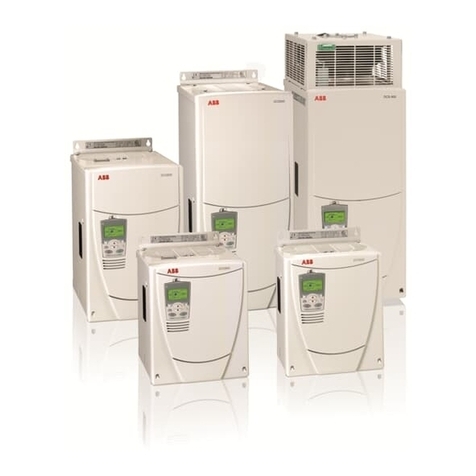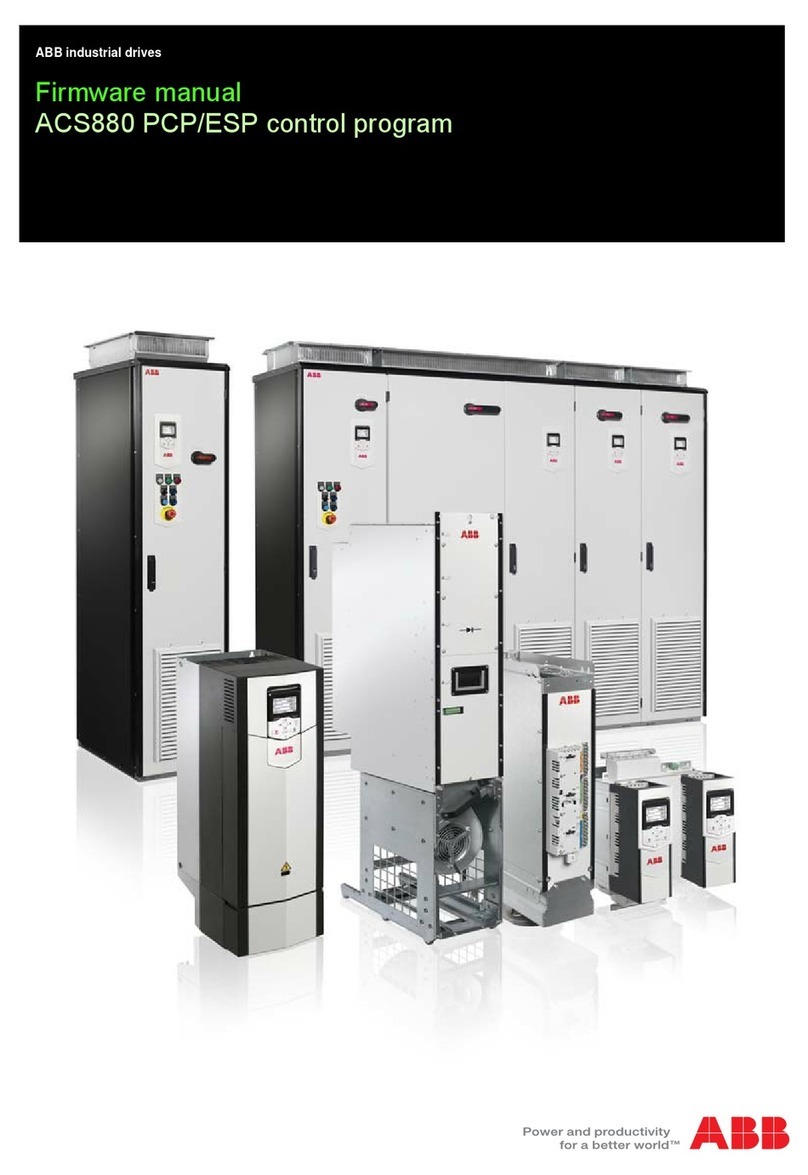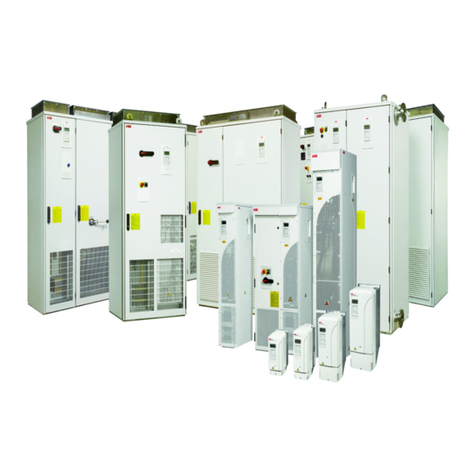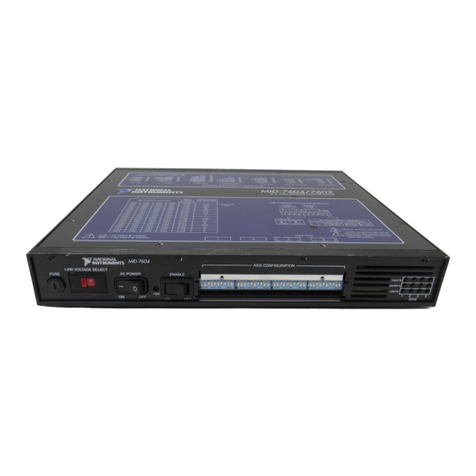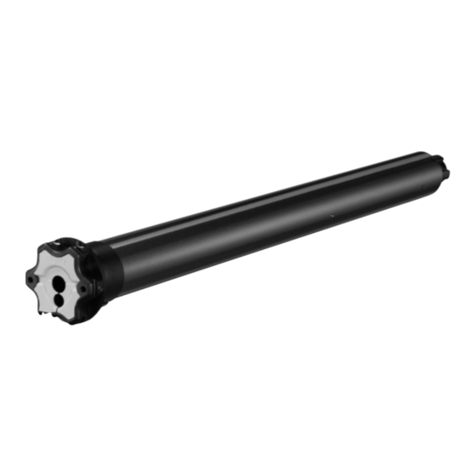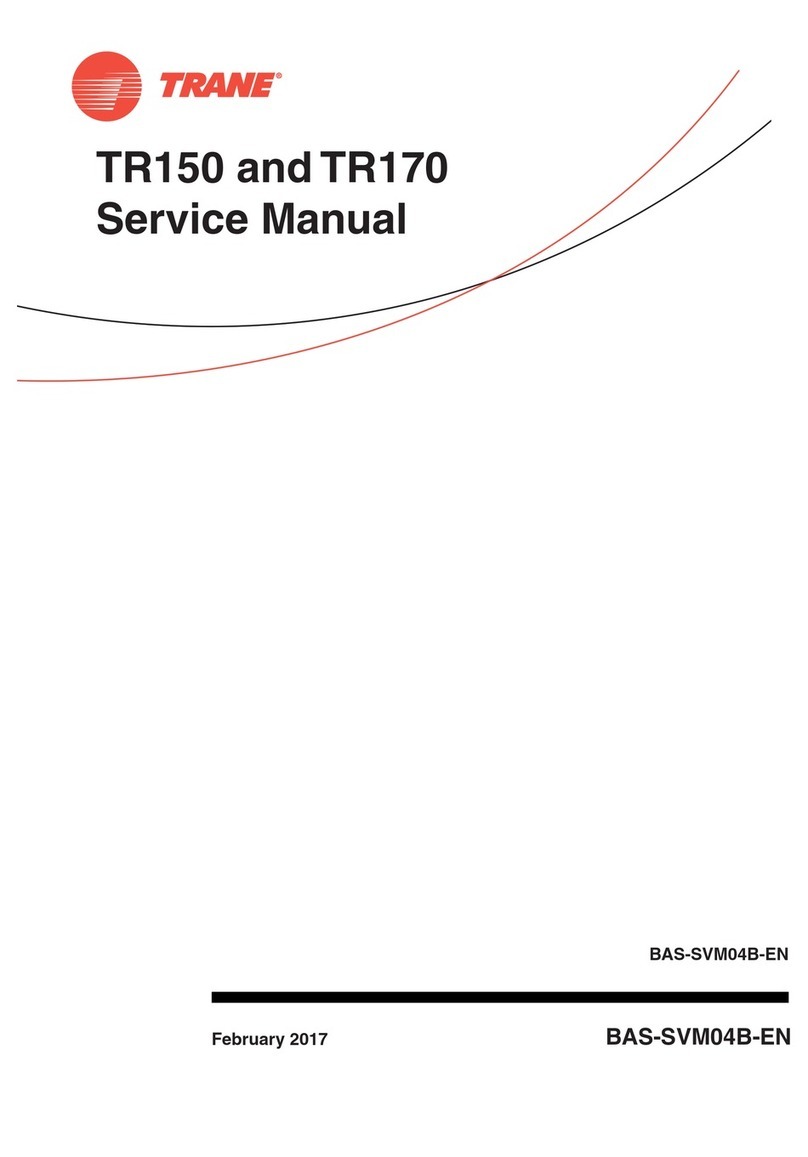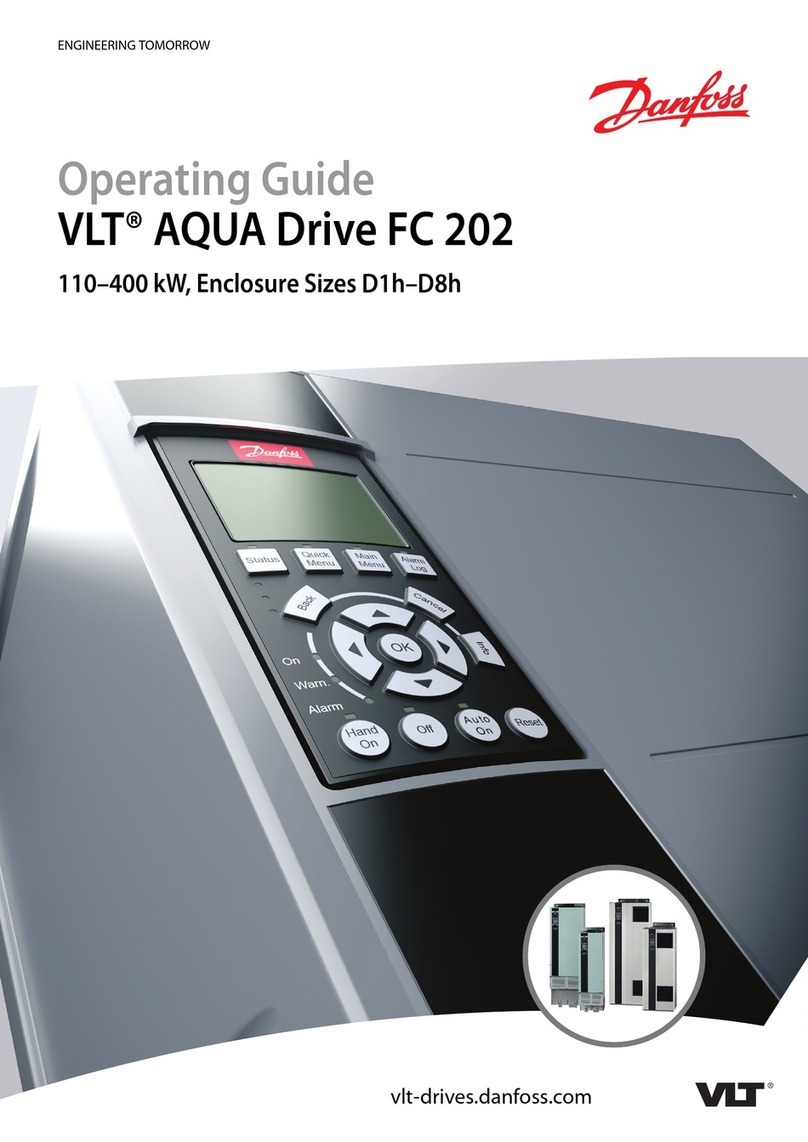
1
This guide is applicable to the global IEC and NEC North American installations.
Safety instructions
WARNING! Obey these instructions. If you ignore them, injury or death, or damage to the equipment can occur. If
you are not a qualified electrical professional, do not do electrical installation or maintenance work.
WARNING! If you activate the automatic fault reset or automatic restart functions of the drive control program,
make sure that no dangerous situations can occur. These functions reset the drive automatically and continue
operation after a fault or supply break. If these functions are activated, the installation must be clearly marked as
defined in IEC/EN 61800-5-1, subclause 6.5.3, for example, “THIS MACHINE STARTS AUTOMATICALLY”.
• Do not do work on the drive, motor cable, motor, or control cables when the drive is connected to the input power.
Before you start the work, isolate the drive from all dangerous voltage sources and measure that there are no
dangerous voltages. Always wait for 5 minutes after disconnecting the input power to let the intermediate circuit
capacitors discharge.
• Do not do work on the drive when a rotating permanent
magnet motor is connected to it. A rotating permanent
magnet motor energizes the drive, including its input and
output terminals.
• Make sure that debris from drilling, cutting and grinding.
does not enter the drive.
• Frames R4…R9: Use the lifting eyes of the drive when you
lift the drive. Do not tilt the drive. The drive is heavy and
its center of gravity is high. An overturning drive can
cause physical injury.
1. Unpack the drive
Keep the drive in its package until you are ready to install it. After unpacking, protect the drive from dust, debris and
moisture. Make sure that these items are included: cable/conduit box (frames R5…R9 of IP21 [UL Type 1]), drive, mounting
template, control panel, quick installation and start-up guide, multilingual residual voltage warning stickers, hardware and
firmware manuals (if ordered), options in separate packages (if ordered). Make sure that there are no signs of damage to
the items.
2. Reform the capacitors
If the drive has not been powered up for a year or more, you must reform the DC link capacitors. See
Related documents
or
contact ABB technical support.
3. Select the cables and fuses
• Select the power cables. Obey the local regulations.
•Input power cable: Use symmetrical shielded cable (VFD cable) for the best EMC performance. NEC installations:
Conduit with continuous conductivity is also allowed and must be grounded on both ends.
•Motor cable: ABB recommends symmetrically shielded VFD motor cable to reduce bearing current and wear and
stress on motor insulation and to provide the best EMC performance. Although not recommended, conductors
inside continuously conductive conduit is allowed in NEC installations. Ground conduit on both ends.
•Power cable types: IEC installations: Use copper cables. Aluminum cables can only be used with frame sizes R5…R9.
NEC installations: Only copper conductors are allowed.
•Current rating: max. load current.
•Voltage rating (minimum): IEC installations: 600 V AC cable is accepted for up to 500 V AC, 750 VAC cable is
accepted for up to 600 V AC, 1000 V AC cable is accepted for up to 690 V AC. NEC installations: 600 V AC for 230 V AC
Documentation in other languages Ecodesign information (EU 2019/
1781)
About this document
3AXD50000754618 Rev A EN
2021-06-30
© 2021 ABB. All rights reserved.
Original instructions.
—
ABB INDUSTRIAL DRIVES
ACS880-01
Quick installation and start-up guide

